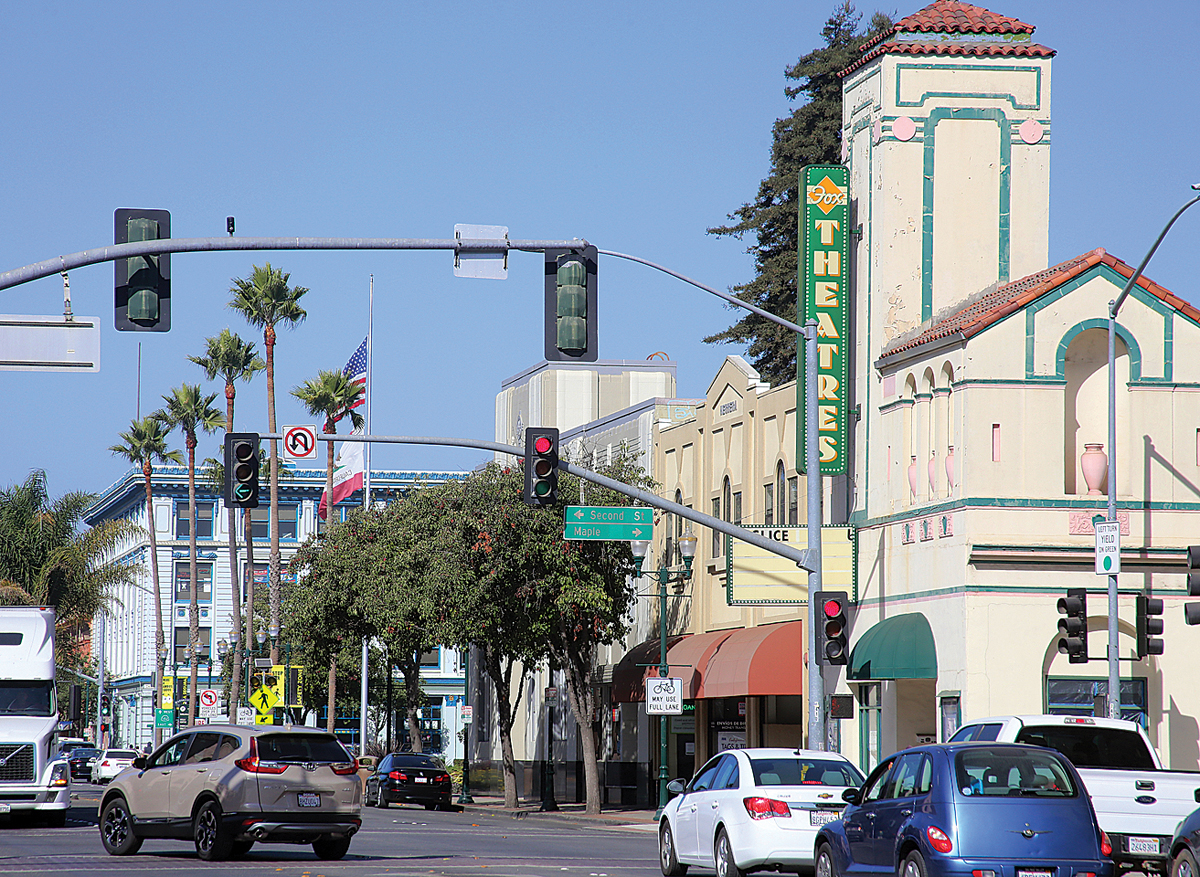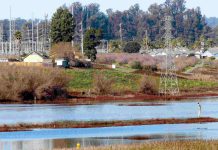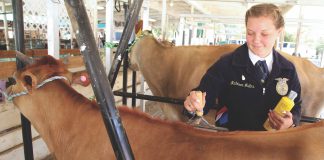WATSONVILLE—The City of Watsonville at a Dec. 15 public meeting will release the results of a recent survey that asked the community about its views and vision for the downtown corridor.
The virtual gathering is part of the City’s Downtown Watsonville Specific Plan (DWSP) endeavor, a multi-month project that the City began last year to establish a blueprint for the future of downtown. The plan will set guidelines for housing, parking, economic development and the look and layout of streets and public spaces, among other things.
The meeting will begin at 5:30pm.
People looking to participate can do so by joining the Zoom meeting. It will also be streamed on the City’s Facebook page.
The survey, which was available online for more than a month, asked the public to rank the historic corridor’s strengths and the aspects it deemed most important. It also asked what changes the public would like to see, and where it could improve.
Community Development Department staff also conducted surveys at a booth at the weekly Watsonville Farmers Market to receive feedback from the Spanish speaking population and those who do not have access to the internet.
The City received 666 responses, according to CDD Principal Planner Justin Meek. That included 132 responses in Spanish thanks in large part, Meek said, because of the effort of Associate Planner Ivan Carmona, who manned the booth at the farmers market.
“He did a phenomenal job with that,” Meek said.
The DWSP Advisory Committee at the upcoming meeting will also draft the plan’s “Vision Themes” and “Guiding Principles,” and have a discussion to help determine “Land Use Character Areas.”
Determining character areas, Merriam said, is establishing how an area looks and functions. Downtown’s large footprint—stretching from the Main Street-Freedom Boulevard intersection south to the Main Street-Riverside Drive crossing and several streets east and west—encompasses several neighborhoods, industries and communities each with their own look and feel.
“Think of W. Lake and W. Beach vs. E. Lake and E. Beach. These might be the same street but the character of the two different areas are much different,” Merriam said in an email. “Once we’ve identified the character areas, we can describe them and then develop strategies for growth and change, while preserving those characteristics that the community believes should be preserved.”













